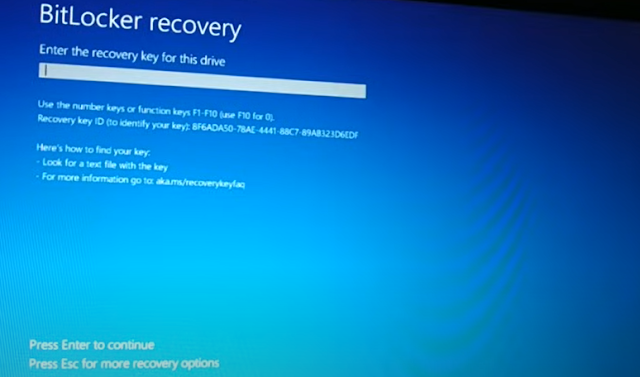Forgot bit locker pin, forgot bit locker recovery key, 5 Easy ways to fix


To clear the command line interface (CLI) or terminal, you can use various commands depending on the operating system and the shell you are using.
### Windows
Command Prompt
1. **`cls`
Command**:
- Simply type `cls` and press `Enter` to
clear the screen.
```cmd
cls
```
### Windows
PowerShell
1.
**`Clear-Host` Command**:
- Type `Clear-Host` or its alias `cls` and
press `Enter`.
```powershell
Clear-Host
# or
cls
```
### macOS
and Linux Terminals
1. **`clear`
Command**:
- Type `clear` and press `Enter` to clear
the terminal screen.
```bash
clear
```
2. **Ctrl +
L Shortcut**:
- Press `Ctrl + L` to clear the terminal
screen in most Unix-like systems, including macOS and Linux.
###
Integrated Development Environments (IDEs)
If you are
using an IDE with a built-in terminal (such as Visual Studio Code, IntelliJ
IDEA, etc.), the same commands (`cls` for Windows, `clear` for macOS/Linux)
will work to clear the terminal. Some IDEs might also have a specific command
or shortcut to clear the terminal, which can often be found in the IDE's
documentation or settings.
### Example
Usage in Different Terminals
#### Windows
Command Prompt
```cmd
C:\Users\YourName>
cls
```
#### Windows
PowerShell
```powershell
PS
C:\Users\YourName> Clear-Host
# or
PS
C:\Users\YourName> cls
```
####
macOS/Linux Terminal
```bash
$ clear
```
These
commands and shortcuts should help you quickly clear the screen in your
command-line interface or terminal.